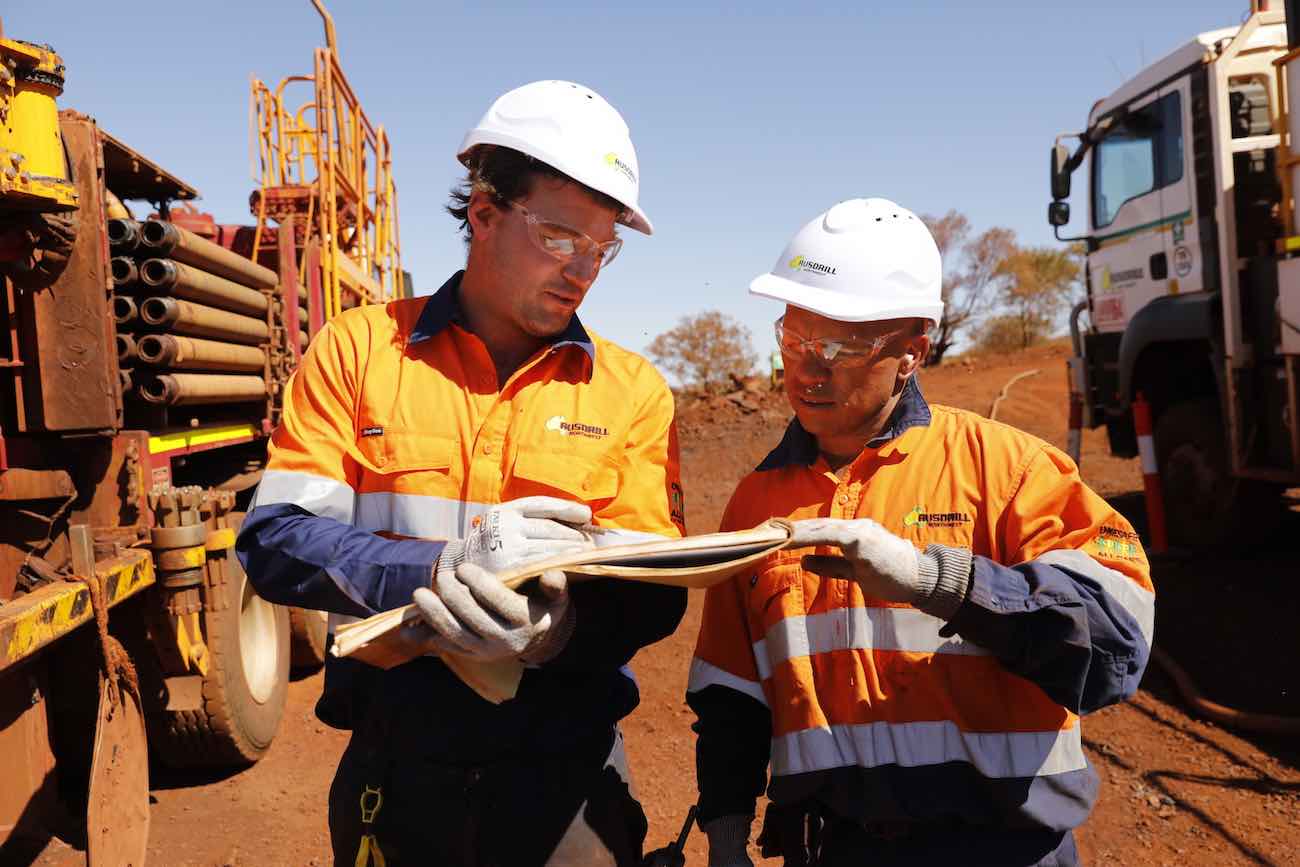
Occupational Health and Safety Management Systems (OHSMS) are a set of interrelated elements that establish Occupational Health and Safety (OH&S) policy and objectives. These goals are a combination of voluntary and compulsory groups of standards. Globally, OHSMS are defined by regulatory standards in ISO 45001:2018. The standard gives guidance to enable organizations to provide safe and healthy workplaces. This is through preventing work-related injury and ill health. It also includes improving OH&S performance. The following are integral to an effective OHSMS:
AS/NZS 4804 Occupational Health and Safety Management Systems applies to all industries, including Australian mining and quarrying industries. In Queensland, Guidance Note (QGN09) was issued in 2008 by the Safety and Health division of the Department of Mines. Its role is to provide help to operators in meeting their obligations in Queensland mines and quarries. In this article we will tackle OHSMS. It will look at its importance through QGN09 in the quarrying and mining industry in Queensland and wrap up with industry best practice for an effective OHSMS.
Site-Specific Continual Improvement
QGN09 emphasizes the continual review of the effectiveness of an OHSMS. Australian standard AS/NZS 4804 defines review and improvement under clause 4.5. Management review as a cornerstone of the management system. It provides an opportunity for senior management to review the operation of the system. They can check its continuing suitability in the face of change. This allows for necessary adjustments to build upon and improve its effectiveness. QGN09 endorses this statement. The Guidance Note assists operators in meeting their obligations. These obligations are given in mining safety and health legislation. Mine conditions are not a one size fits all. Different mines have varying levels of complexity and hazard levels. Use of past performance is important in cutting down risk to an acceptable level. Maintaining those level takes review and ability to change strategies. The Guidance Note identifies and examines some of the key subsystems. These subsystems include an effective safety and health management system. It makes sure the system is able to deliver an acceptable level of risk. The ability to accommodate changing circumstances that occur at every mine site is key to an effective OHSMS. The risks to the safety and health of mine workers should be minimized at all costs. For example it is a known fact that dust kills. Dust takes away from families of mine workers. Clearly without effective OHSMS workers lives are at risk.
What are the key elements of an OHSMS?
The system has two requirements. These are 1) achieving a level of risk within acceptable limits, and 2) as low as achievable. The subsystems identified include:
A key element we will discuss is change management that involves identifying, listing, and analysing site hazards and risks. This helps to develop effective controls which are implementable. It involves monitoring consequences of residual risk. This is possible through review of necessary defences. On failure of defences, there should be contingency to assess the controls. If the controls are not effective the OHSMS needs modification as appropriate. On identification of more hazards the process must happen again. Continual improvement of OHSMS on finding non-conformities is a consistent exercise. The goal is to achieve an acceptable level of risk. Attaining that improves safety and health standard and performance at large.
People as the focus
The workforce should be the focus of the safety and health management system. This inclusive and involves all mine workers on site. An effective OHSMS should have built in system indicators. These allow for malfunction detection and performance assessment. Lead indicators show whether the system is working. Lag indicators provide information on the results achieved by the system. People, materials and machines are factors of production in mining activities. The obligation lies with the site senior executive to ensure that a system controls risk. The legislation requires that the management system track levels of risk. This includes adverse consequences of retained residual risk. Inevitable incidents that occur are a sign that the level of residual risk may not be acceptable. Defences have to be flexible to adjust, change and create new defences. Audits include compliance audits against legislation and corporate standards. Inspections are performed by the legislator including the results of internal inspections. There is extensive use of contractors in the mining industry. It is important to review OHSMS to maintain contractor safety and health standards. People leave the industry due to incapacity. An effective OHSMS should have provision to identify mine workers affected. Investigations should happen for accountability. This identifies whether these cases are due to any chronic exposure to a low level hazard.
In as much as QGN9 is very important it is not a guideline. Guidelines are defined in the Mining and Quarrying Safety and Health Act 1999. In some circumstances, compliance with QGN9 may not be sufficient to ensure compliance with the requirement of the legislation. QGN9 may be updated periodically. Be sure to check out the Department of Mines and Energy website. As soon as changes take place Global Road Technology will always keep everyone posted on our website industry articles. We seal off our discussion by stating that the Queensland Coal Mining Safety and Health Act 1999 and the Mining and Quarrying Safety and Health Act 1999 protect the safety and health of mine workers. OHSMS are there to ensure the risk to persons from mining operations is at an acceptable level. The onus is on the mine operator to audit and review the OHSMS to ensure it is effectively controlling risks to within an acceptable level while striving for industry best practice.
Your feedback is important to us. If you enjoyed reading this Global Road Technology industry update and found it informative, please let us know by leaving a REVIEW.
REFERENCES
Are environmental regulations, health and safety concerns or potential profit loss a concern right now?
Contact Us Now